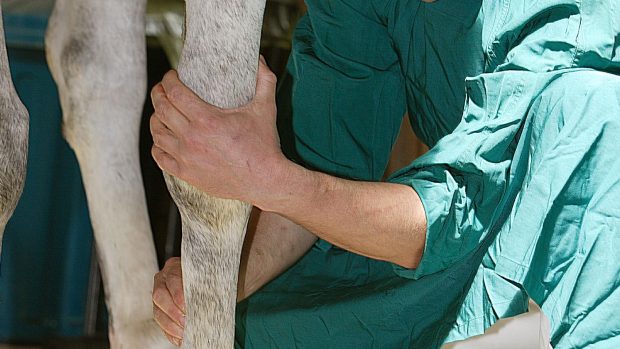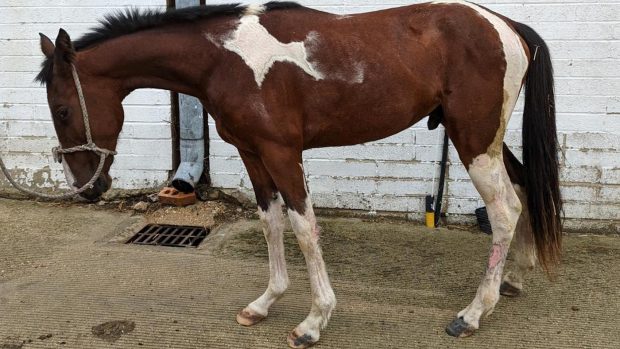Although we all do our best to avoid falling off, sometimes it is inevitable, and, in trying to break a fall, it is easy to injure your arms quite severely. Fractures to the humerus (the long bone of the upper arm) can be a common result of this type of fall, with the break often occurring near the shoulder.
The danger here is that this is often a stable fracture, where the broken ends remain in place and, as a result, the casualty, although in pain, may not realise that anything is broken and not seek treatment.
After such incidents, it is always wise to have the injury checked at hospital. In the meantime, place the forearm horizontally across the body, supporting the elbow with the opposing hand, if comfortable. Place padding underneath the injured arm, support it with a sling and, if this does not cause any further pain, secure in place with a broad bandage.
In an unstable fracture where the bone ends have moved, they may damage blood vessels and impair circulation. Seek urgent medical help and check circulation regularly by feeling for a pulse at the wrist.
A fall that results in direct impact to the hand can also cause a fracture around or above the elbow or a dislocation of the elbow joint. In this case, the elbow will be stiff and difficult to straighten, and should not be forced to do so.
If the injury is such that the elbow is able to bend, immobilise it and treat as above for an upper arm injury, before transporting the casualty to hospital.
If the elbow does not bend, try to immobilise the arm to avoid further injury. The casualty should lie down. Place padding around the injured elbow to support the arm, but leave the injury site free. Dial 999 for an ambulance.
Fractures below the elbow or to the forearm are often open — the ends of the bone are displaced, and as there is little flesh on this part of the body, they may penetrate the skin.
Place the casualty in a sitting position and cover the wound with a sterile dressing. Using non-fluffy material, build up padding around the wound, high enough to prevent pressure being placed upon it and secure in place. Put a triangular bandage between the injured arm and the chest to use as a sling. Knot the sling at the neck on the injured side.




